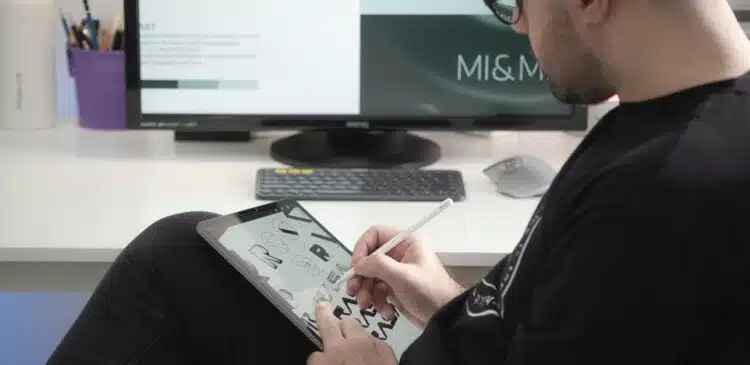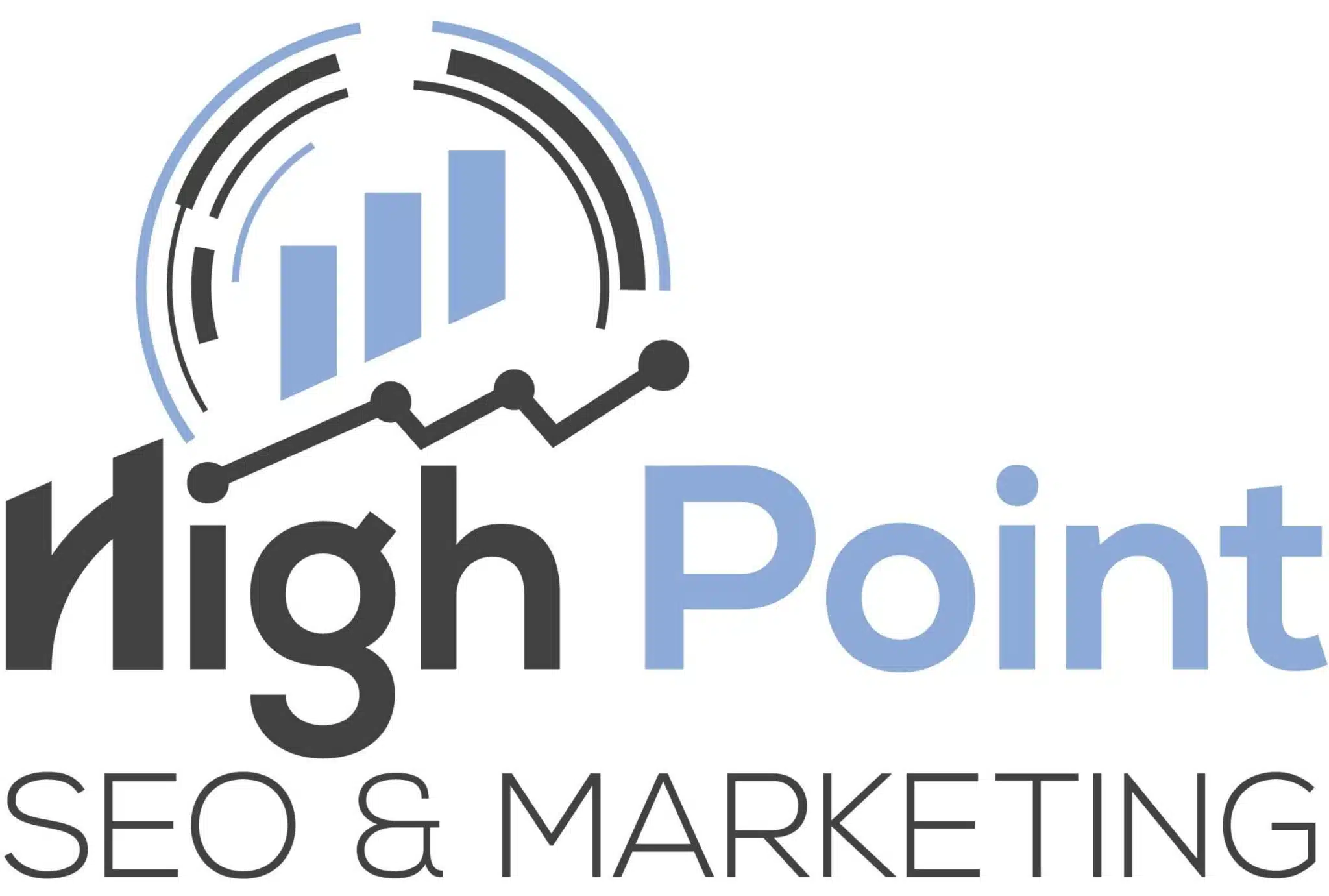On Page SEO Connecticut

How To Improve Your Onpage SEO Content in Connecticut
Introduction
This post will be extremely helpful for on-page SEO Connecticut. I am a Search Engine Optimization consultant who worked in many companies of different sizes. I know how difficult it is for business owners to give their websites a boost in search engine rankings and help them win more customers. A good site design is only enough if you optimize your site properly. If you have read my previous posts, you will find that I focus on on-page SEO Connecticut. This time I will focus on off-page SEO.
I wrote this post to assist all local business owners with off-page optimization techniques because this area needs to be addressed or understood. It’s a great way to push your content up in Google search results without putting any work into it yourself!
Why should local businesses optimize their site? Always remember that while Google defines what they consider necessary, they do not create the algorithm itself. The best way to get ahead of the game is to ask them why they are doing what they are doing! There are lots of reasons why Google may penalize your pages for duplicate content issues (when two pages contain information about the same thing), low-quality content (poorly written entries/pages which don’t offer much value for users), no incoming links (bad quality links pointing at your website) but there are also some reasons why Google may reward you: clear positioning in search results; high level of backlinks from other authority sites; use of good keywords; extensive use of keywords throughout documents such as videos, articles, etc.; good titles; short yet relevant descriptions for each page; complete set up including breadcrumbs navigation system so users can easily find their way around your website or blog by clicking anywhere on every page regardless of where
Headings, sub-headings, alt tags, and image optimization
On-page SEO Connecticut is about headings, sub-headings, alt tags, and image optimization.
Headings are used to structure a web page into sections. They’re useful for search engines to understand what your page is about so that they can rank it accordingly in search results. The H1 tag should be used on the most important heading on your page (usually at the top) to stand out from all other paragraphs or text.
You can use H2 tags once you’ve reached two levels deep in your hierarchy of information (i.e., if you have an H1 tag at the top level, then you can use an H2 tag in another section). It’s best practice to go within three levels, as this may need to be clarified for Google bots and human visitors who want to avoid too much information being thrown at them at once. This means up to four headings per article!
Remember: only one H1 per article and no more than three levels deep!
The alt tag or alternative text is a textual description of an image that helps search engines understand what is displayed on the page. This tag should be used for all images (including those embedded in widgets or buttons) except logos, icons, and ad banners. It’s important to provide accurate alt tags to help Google Image Search users find your content faster.
Links for on-page SEO Connecticut
Link building, earning, and exchanges are among the most important factors for ranking your site higher in search engines.
Link quality can be measured by the anchor text and how many links point to your site. The more diverse the anchor text will help you get a better position on the page. It’s also important to ensure that you have enough variety so that it doesn’t look like everyone is linking back to one keyword phrase or service. Link velocity is another factor that Google looks at when determining which websites should rank higher than others in its search results.
This means that if you regularly get new links added to your site, then it may be ranked higher than another website with fewer new incoming links over time because Google wants websites with more fresh content published regularly. Hence, they know they were not stale or outdated sites from years ago when there was little information available online compared to today when everything has become accessible via smartphones or tablets, etc.
These are the steps to do on-page SEO for Connecticut.
On-page SEO is optimizing your website to rank higher in search engines. When done correctly, on-page SEO can positively impact your site’s traffic and conversions. There are three main things you should focus on when it comes to optimizing your site:
- structure/coding,
- content,
- User experience.
These three things are all essential to an effective on-page SEO strategy. If you have them in place, you will see the same results that someone who does may see. Here’s how each one works: Structure/Coding, The structure/coding of your site, is the foundation of your on-page SEO strategy. This includes having a sitemap, using clean code, and having proper redirects. These are all things that search engines need to crawl and index your website properly.
What is on-page SEO?
On-page SEO refers to website components that web admins directly control. These include HTML coding or other elements like meta tags (title tags), headings, alt text, etc. The core purpose of these elements is to increase how well Google understands what each page is about so they can deliver more relevant results for users’ queries which translates into higher rankings in SERPs (search engine result pages).
Conclusion
On-page SEO Connecticut is a great way to improve your website’s ranking in search engines. The more content you have on your site and the higher its quality, the more likely people will click on links leading to your site. This can lead to increased traffic, more sales, and ultimately, more profit for your business.

 Bill Yeager, Co-Owner of High Point SEO & Marketing in CT
Bill Yeager, Co-Owner of High Point SEO & Marketing in CT